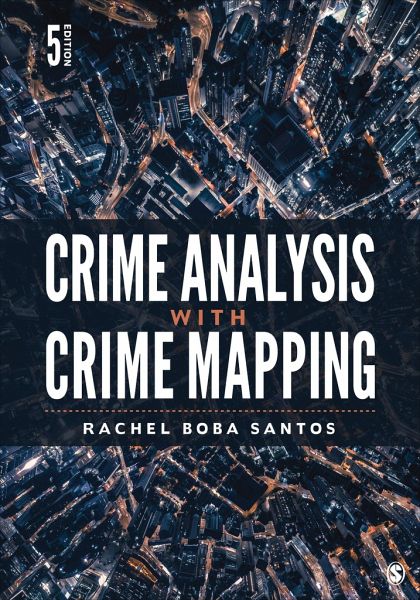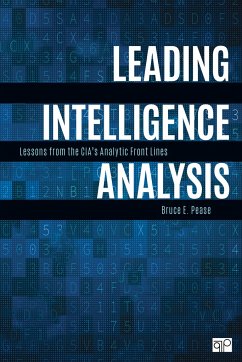Nicht lieferbar

Rachel Boba Santos (USA Radford University)
Broschiertes Buch
Crime Analysis with Crime Mapping
Versandkostenfrei!
Nicht lieferbar




Crime Analysis With Crime Mapping introduces crime analysis, both the practice and profession, and supports the understanding of it all through discussing concepts, theories, practices, data, analysis techniques, and the relationship with policing.
Rachel Boba Santos is a professor at Radford University in the Department of Criminal Justice. She works with police departments and crime analysts. She conducts experimental and applied research on place-based and offender-based police crime reduction strategies, stratified policing, crime analysis, community engagement, and police use of force. Dr. Santos¿ interests include conducting practice-based research which is implementing and evaluating evidence-based practices in the "real world" of criminal justice. In particular, she seeks to improve crime prevention and crime reduction efforts by police in areas such as crime analysis, problem solving, accountability, as well as leadership and organizational change. She and Dr. Roberto Santos co-created Stratified Policing which is an organizational model for systemizing proactive crime reduction strategies in police departments. Other areas of research include police/researcher partnerships, police/community collaboration, hot spot and problem-oriented policing, predictive policing, environmental criminology, crime and place, police/crime data and technology, experimental research methodology, and program evaluation.
Produktdetails
- Verlag: SAGE Publications Inc
- 5 Revised edition
- Seitenzahl: 504
- Erscheinungstermin: 21. April 2022
- Englisch
- Abmessung: 250mm x 173mm x 31mm
- Gewicht: 934g
- ISBN-13: 9781071831403
- ISBN-10: 1071831402
- Artikelnr.: 62893215
Herstellerkennzeichnung
Libri GmbH
Europaallee 1
36244 Bad Hersfeld
gpsr@libri.de
Für dieses Produkt wurde noch keine Bewertung abgegeben. Wir würden uns sehr freuen, wenn du die erste Bewertung schreibst!
Eine Bewertung schreiben
Eine Bewertung schreiben
Andere Kunden interessierten sich für












